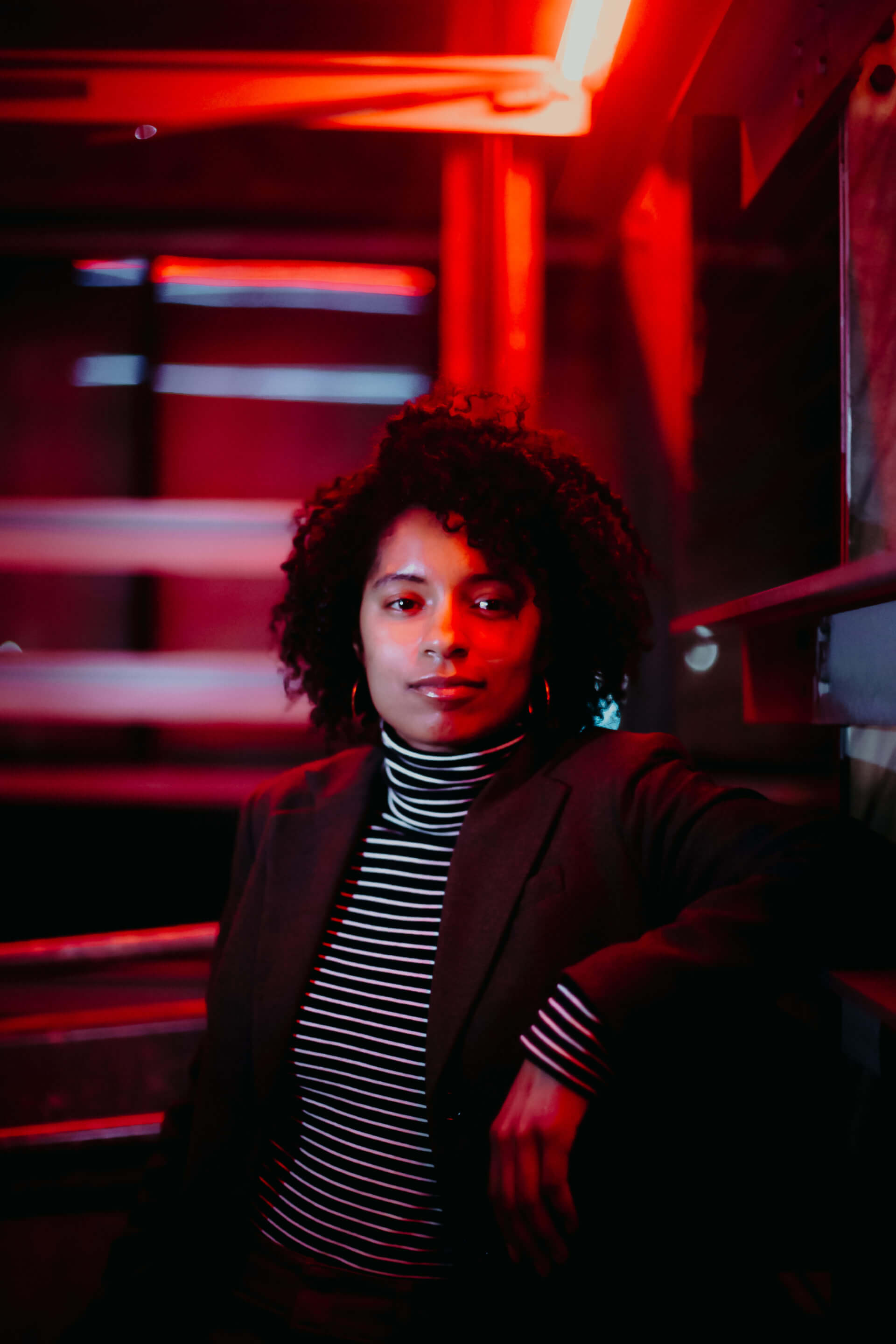A 12-Year Odyssey From Fine Arts to Electrical Engineering
In many ways, Randi Burley’s life at USC Viterbi is much like those of her fellow undergrads. The junior in the Ming Hsieh Department of Electrical and Computer Engineering wakes up and rushes (or skateboards) to class. She meets friends for study sessions, participates in student activities, goes to office hours, and has a part-time job. But to consider her experience traditional would be a huge mistake.
Twelve years ago, Burley was a bright-eyed freshman at UCLA who grew up in the Baldwin Hills neighborhood of Los Angeles. She wanted to pursue engineering like her aunt, a successful African-American engineer. Unfortunately, getting an engineering degree today often has as much to do with circumstances as it does with ability.
“I was struggling with my course load, working 20-plus hours a week to pay for expenses and attending tutoring to catch up in math. All while acclimating to life on campus,” Burley said. “I was one of those students who had the passion and talent to become an engineer. What I didn’t have was the support, time, training or money needed to become an engineer.”
What Burley did have was a love for design and creativity. She grudgingly gave up on engineering and instead passionately threw herself into pursuing a fine arts degree. Six years later, in 2014, she was a small-business owner with a gallery in Los Angeles. At the height of her success, Burley hosted traveling artists, some of whom went on to become major cultural icons.
Around the same time, she was invited to the University of California, Santa Barbara’s Media Arts and Technology program’s year-end show, which encourages artists and engineers to combine their areas of expertise. Burley found one creation, the AlloSphere, particularly inspiring. The three-story sphere projected scientific simulations and data visualizations in beautiful new ways. Suddenly, nearly 10 years after she first enrolled at UCLA, Burley felt like that bright-eyed freshman again. “I remembered the promise I made to myself that I wouldn’t give up on engineering,” she said.

That meant re-enrolling in junior college at the age of 28. It meant exercising skills in STEM subjects that hadn’t been used in years. It meant all-night study sessions and an intimate familiarity with office hours schedules. Math became Burley’s strongest subject and last year USC Viterbi admitted her as a transfer student.
Burley’s winding path back to engineering may be nontraditional, but looking back on it now, she wouldn’t have it any other way.
“Thirteen years ago, I had to give up on engineering,” Burley said. “Today, at the age of 30, I realize how lucky I am. Would I have seen engineering as a service to the community if I hadn’t struggled through college myself? Would I have been able to approach engineering with a business mindset if I hadn’t spent time as a business owner? Would I have been able to see the beauty and creativity in engineering if I hadn’t spent time as an artist?”
Burley’s experience has inspired her to be more than just an engineer. Just as she was supported by others, she wants to help ensure that the next generation of young women have a path to engineering as well.




